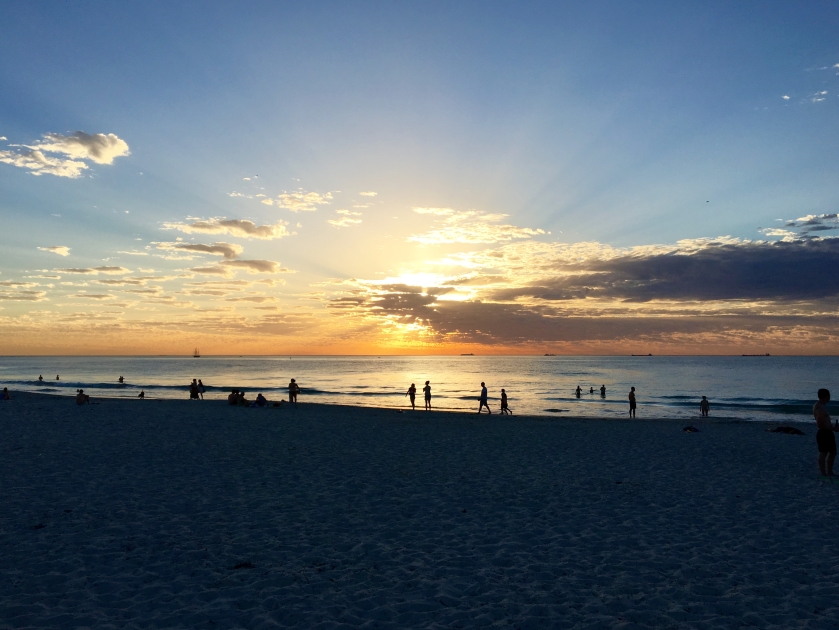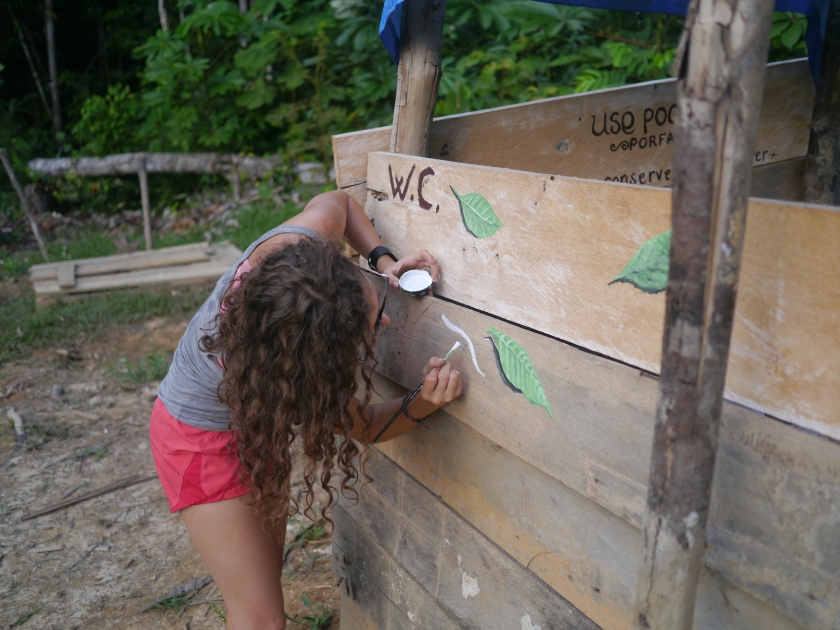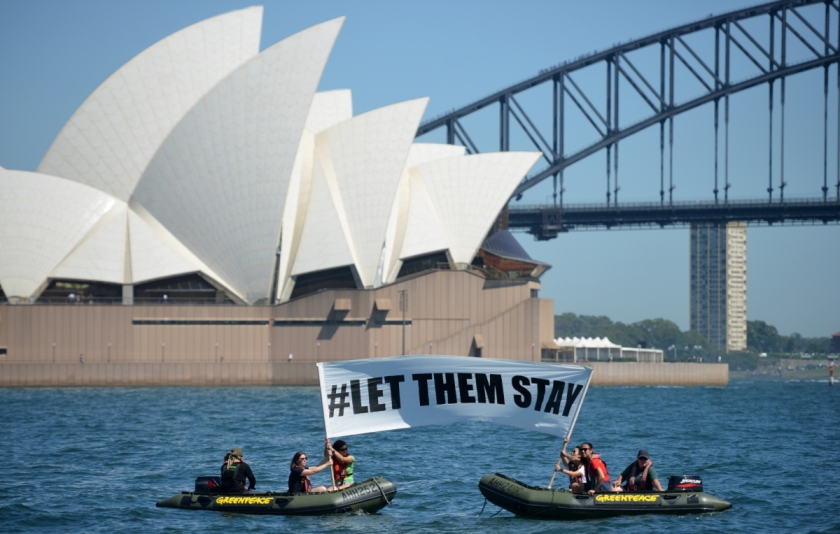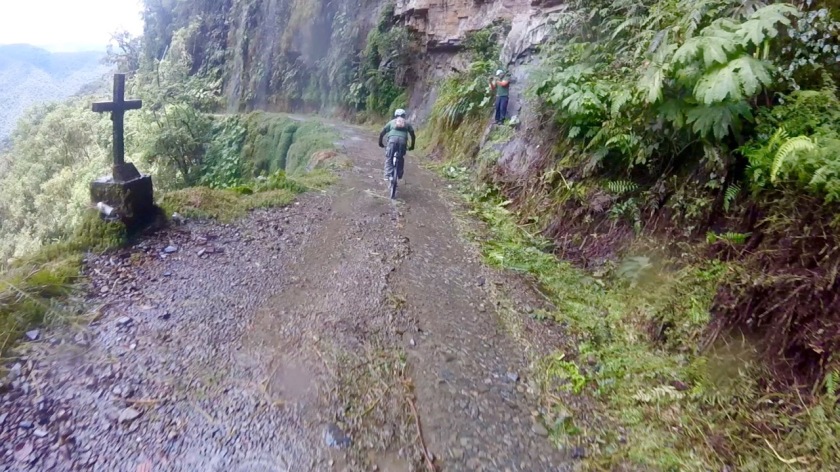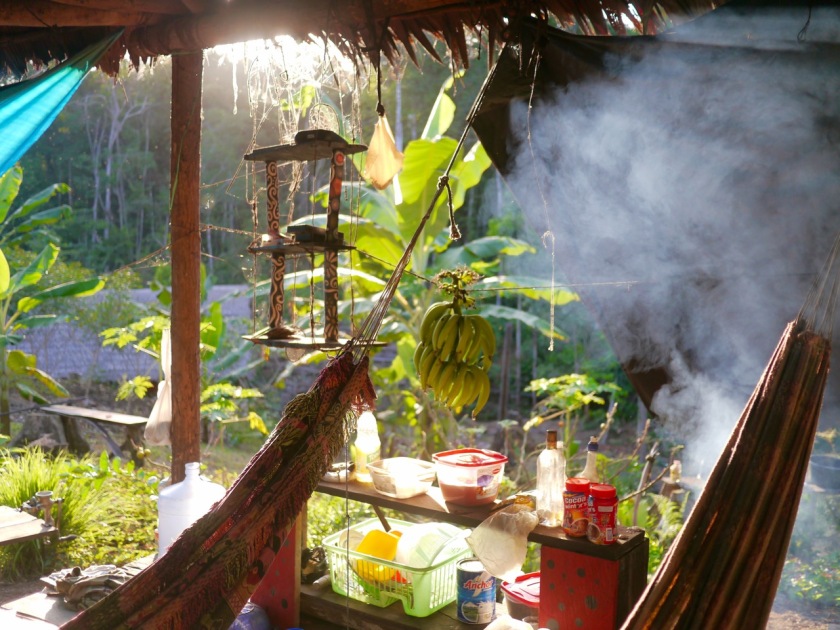A CRISIS OF CONSCIOUSNESS
I appreciate that these thoughts are slightly radical, philosophically confusing, and probably too weird for some to digest AT FIRST. But these are thoughts that I have entertained for as long as I can remember, and I’m finally going to attempt to put them into the strange symbolic language we call words. Please bear with me, I think it will be worth it. Let’s start by realising exactly how much you, and I, and every single person take the world for granted. Let’s also think about how we co-construct reality through language, which becomes order, which becomes truth. A topic like this is completely relative and borne out of contradictions, so yes… you’re probably going to hate it. I’m going to start by asking you: what is reality? Do you really think you know what it is? How do you know what it is? Where is it, even? I’m going to assume that, to you, reality is that thing that you sense all around you. The soft leather chair you are sitting on, the apple …
